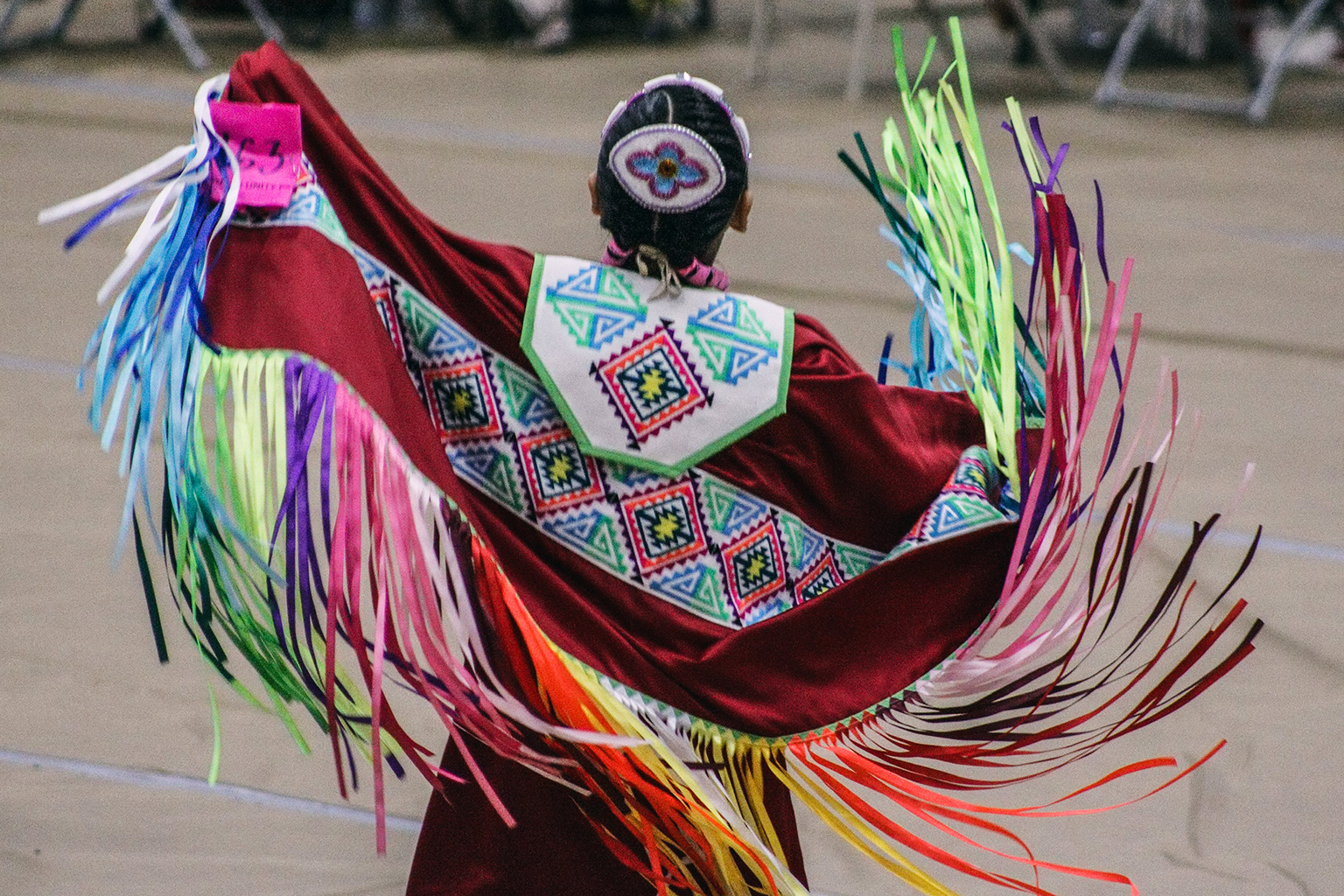The Global Gateway for Teachers program is a way for School of Education students to learn about other cultures both abroad – and closer to home. Teaching in the Navajo Nation is one option for students who want to stay in the United States. The program can have such an impact on students, they may go on to accept full-time positions in the communities where they taught.
Danny Letman and Jacob McFarland are two such alumni. Both chose the Navajo Nation for their Global Gateway placement, and both are now fulltime teachers at NaaTsis’Aan Community School in Navajo Mountain, Utah.
Letman chose to teach in the Navajo Nation because he felt he knew so little about Native Americans and wanted to learn more.
“The Navajo Nation Program has been one of the most rewarding experiences of my life as I have felt so included by the community,” he said. “It not only prepared me to be a better teacher, but also gave me a diverse array of opportunities I otherwise never would have had. I would highly recommend this program to anyone who wants a unique, culturally embedded, and memorable student teaching experience.”

McFarland started interviewing for teaching jobs in Indiana after his Global Gateway experience, but found himself telling stories about the reservation in each of his interviews. He soon realized he needed to go back.
“I realized how quickly Navajo Mountain had become home in those 16 weeks of student teaching,” he said. “The school was struggling but a lot of different things were being put in place, and I could feel that we were heading in the right direction, I knew that I could help in the school improvement process and I wanted to be a part of that. Seeing how far we have come in less than two years is amazing, and it feels great to be a part of the change.”
Students within the Navajo Nation face unique challenges when it comes to education. One is geography: spread across Utah, Arizona and New Mexico, the isolated location means parents mostly work off the reservation, leading students to stay in the school dorm throughout the week. The lack of jobs in the area also translates to a high absence rate as many students and parents are transient throughout the year. Even basic needs are far away – the school McFarland teaches at is 40 miles from the nearest gas station and 98 miles from the nearest Walmart or town.
But the community is working to overcome some obstacles, such as keeping the Navajo language alive, a major challenge as barely any students speak it. McFarland has embraced becoming a learner of the language with his students, calling it one of his favorite aspects of his job. NaaTsis’Aan has been working hard to revitalize the language by creating a Diné language immersion program.



